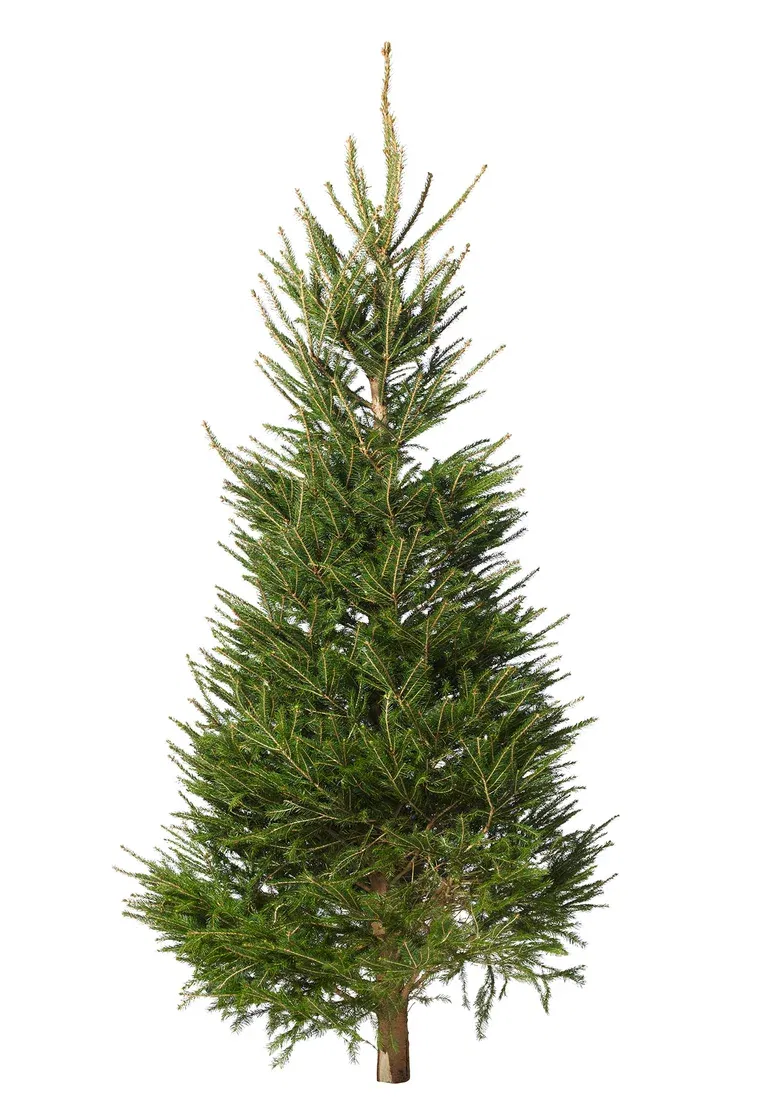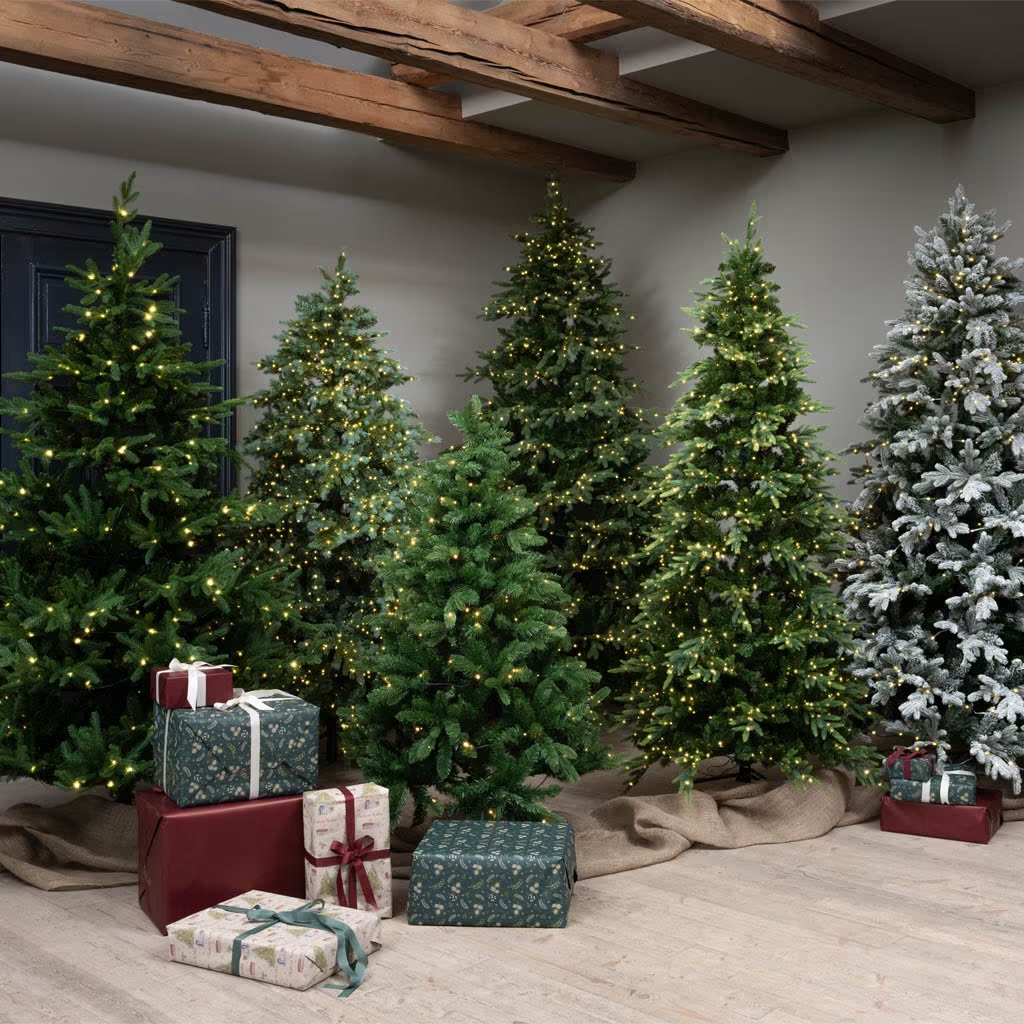Which Christmas tree should you select?
Celebration
Christmas
Norway spruce, common spruce or maybe an artificial Christmas tree - there are plenty of Christmas tree varieties to choose from. Join us in a world of Christmas trees, and learn more about what sets them apart.



Topics:
Celebration
Christmas











